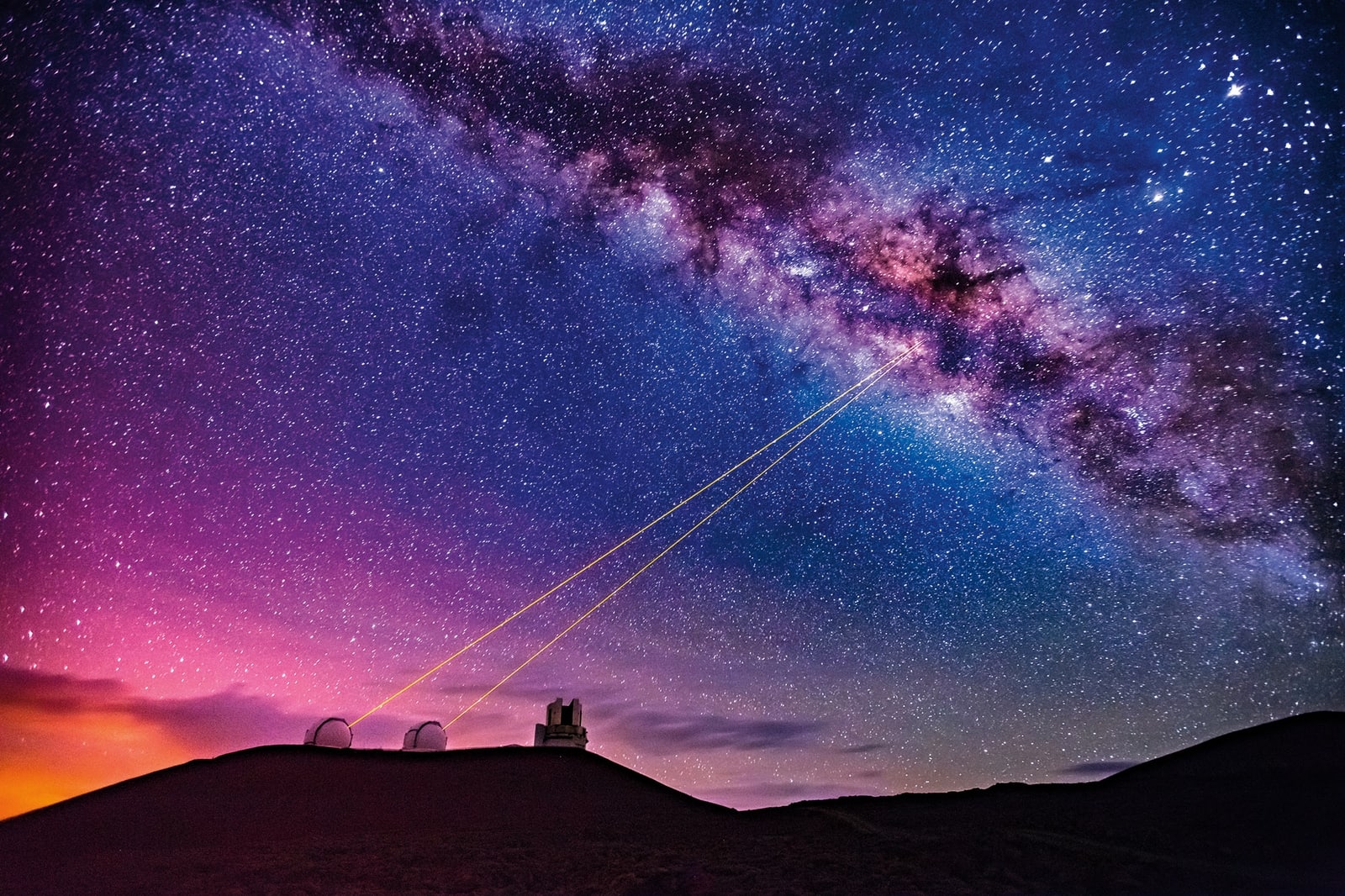Transformative Instrumentation
Built close to the summit of Mauna Kea in Hawaii, the W.M. Keck Observatory—powered by twin 10-meter optical telescopes, the largest of their kind—is one of the most influential ground-based observatories operating today.

Andrew Richard Hara
Built close to the summit of Mauna Kea in Hawaii, the W.M. Keck Observatory—powered by twin 10-meter optical telescopes, the largest of their kind—is one of the most influential ground-based observatories operating today. It leads all others in scientific publications per telescope as well as in the impact of those publications in the field of astronomy. It has been essential in seeking answers to the most fundamental questions in science: How did the universe evolve? How old are the oldest stars in our galaxy? How do solar systems form? Where is the missing mass of the universe?
Carrying out this exciting science requires not only a telescope, but a suite of back-end instrumentation. Keck’s near-infrared camera works with the Keck Adaptive Optics system in Laser Guide Star mode (pictured here) to produce the highest spatial resolution possible from ground-based images. The lasers improve the images produced by the telescope by helping to correct for atmospheric turbulence, removing the twinkle from the stars. Caltech engineers and scientists are currently involved in building the next-generation adaptive optics system for Keck, which will further improve image quality and continue to offer greater insight into some of the galaxy’s greatest mysteries.
Related Articles
-

Binding Lights
In a recent research paper, assistant professor Alireza Marandi delves into the innovative realm of mode-locked lasers.
-

Fashion >> Forward
For Daniel Mukasa, the future of wearables requires sweating the small stuff.
-

Burn Notice
Wildfires are on the rise across the globe and curbing them will be a team effort among organizations and technology. Gilberto DeSalvo and his comp...